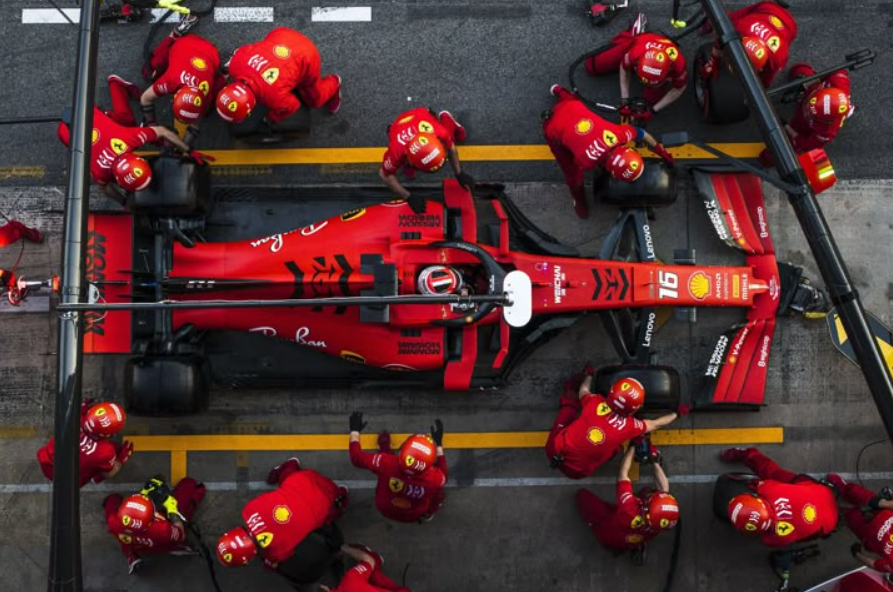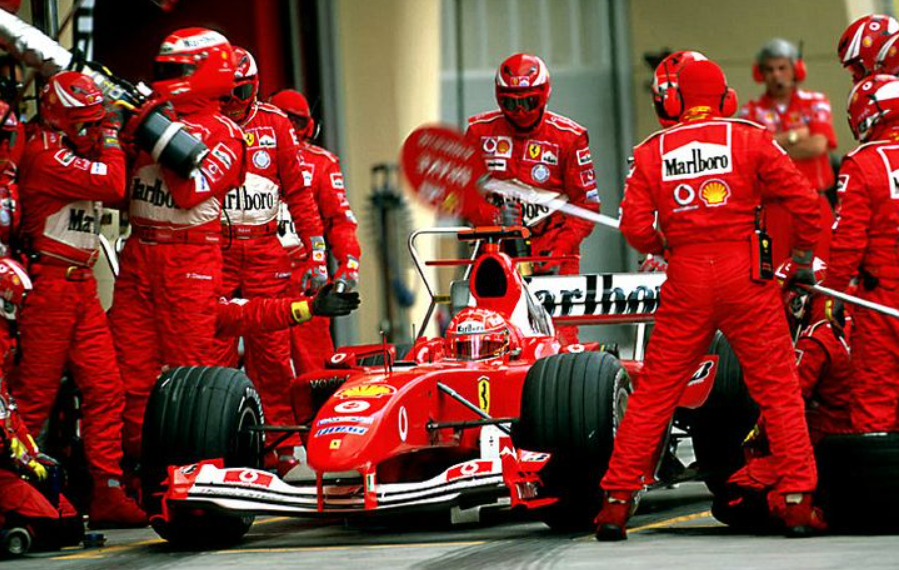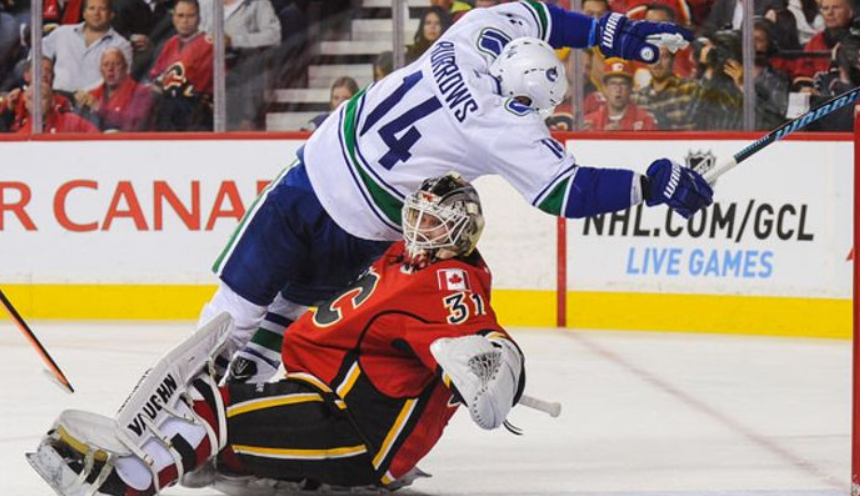Why Egyptian Bettors Are Turning to This New Platform
In a country where football is more religion than sport, the demand for a streamlined, reliable betting experience is sky-high. That’s where a platform like 888stars-egypt.com steps in—not just as another name in the market, but as a full-service betting ecosystem tailored to Egyptian players.
Gone are the days of slow-loading pages and unreliable odds. This new betting app isn’t just a digital tool; it’s a response to how modern Egyptian fans watch, analyze, and engage with sports. Whether you’re backing Al Ahly in a Champions League clash or watching live odds shift during Premier League action, the local optimization makes a big difference.
Local Focus, Global Standards
What sets this app apart is its hybrid design philosophy: international functionality combined with deep local understanding. The interface supports Arabic and English, mobile registration is lightning-fast, and the payment system supports widely used Egyptian options like Fawry and Vodafone Cash.
More importantly, this isn’t a stripped-down version of a European betting app. It delivers full sportsbook coverage, live betting, and even niche markets like esports and virtual leagues—all adapted to Egypt’s most-followed sports and betting behavior.
Key Platform Features
| Feature | Description |
|---|---|
| Language Support | Arabic and English |
| Local Payment Integration | Yes – incl. Fawry, Vodafone Cash |
| Live Betting | Real-time odds and instant markets |
| Casino Games | Slots, roulette, live dealer rooms |
| Mobile Compatibility | Android-optimized with APK option |
From signup to cashout, every part of the process feels faster and more fluid than many legacy betting platforms. That’s not an accident—it’s engineered for efficiency.

The User Experience: Built for Speed
No one wants to miss a second of the action because of a clunky app or a delayed bet slip. This betting platform performs smoothly even during peak match hours. The match interface loads fast, odds refresh in real-time, and markets are easy to navigate. Even live bet edits and cash-out features work with minimal lag.
One area where this betting app really shines is in-play betting. Egyptian users can switch between markets—next goal, total corners, player fouls—without reloading the page. And because the data is localized, the suggestions and “hot” bets are more aligned with what local fans are actually watching.
How to Get Started (Fast)
Getting started is surprisingly fast, and the process is well-suited even for first-time bettors. Here’s how to sign up and get rolling:
Quick Start Checklist
- ✅ Open the official Egyptian platform
- ✅ Download the APK and allow installations from unknown sources
- ✅ Create your account using mobile verification
- ✅ Deposit using your preferred local payment method
- ✅ Start browsing odds and placing bets in under five minutes
The app also provides one-click access to customer service via WhatsApp, which is a thoughtful touch for new users looking for support in Arabic.
This is more than just another betting app. It’s a purpose-built platform for Egypt’s new generation of digital-native sports fans—fans who expect the same level of speed, personalization, and control they get from other parts of their mobile life. And it delivers.
If you’re looking for a faster, more intuitive way to bet on your favorite teams—local or global—it’s worth seeing how this new player in the market stacks up.












